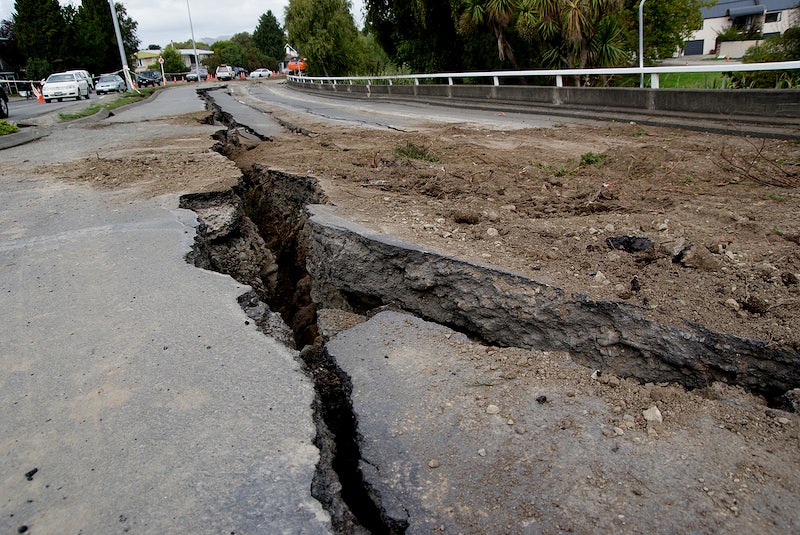Understanding the Periphery of an Earthquake Zone
Nestled within the ESTEC Test Centre in Noordwijk, the Netherlands, lies a remarkable piece of engineering that plays an important role in ensuring the success of satellite testing. Known as the Hydra shaker table, this powerful and precisely controllable equipment simulates the intense vibrations experienced during a rocket launch. As it unleashes its earthquake-strength forces, the Hydra relies on a combination of concrete blocks, dampers, and springs to prevent the rest of the facility from succumbing to the shakes.
The Hydra shaker table is the most robust and versatile of its kind at the ESTEC Test Centre. With the ability to vibrate test items weighing several tonnes, it is an indispensable tool in the realm of satellite testing. From the cleanroom above, one might assume that the Hydra is simply a 5.5 x 5.5 meter aluminum platform flush with the floor. However, this platform is just the top layer of an 18-tonne test table that rests on eight hydraulic actuators, much like a flight simulator.
Enclosed within a massive 1400-tonne concrete “seismic foundation” block, the Hydra shaker table is designed to withstand and contain the immense forces it generates. This block is supported by a set of springs and dampers situated at its base, effectively isolating it from the rest of the building. By employing these sophisticated mechanisms, the Hydra ensures that potentially damaging vibrations are confined and prevented from spreading throughout the facility.
The ESTEC Test Centre, operated by European Test Services on behalf of the European Space Agency (ESA), stands as Europe’s largest facility dedicated to satellite testing. It boasts a comprehensive suite of equipment that covers all aspects of satellite testing under one roof. This state-of-the-art facility plays an important role in ensuring that satellites are thoroughly tested and capable of withstanding the harsh conditions they will encounter in space.
For those curious about the inner workings of the ESTEC Test Centre and the Hydra shaker table, an opportunity awaits. The ESA Open Day is scheduled to take place in the Netherlands on the first weekend of October, offering visitors a chance to explore this remarkable facility. This event promises an exciting glimpse into the world of satellite testing and the cutting-edge technology used to push the boundaries of space exploration.
To wrap it up, the Hydra shaker table stands as a testament to human ingenuity and engineering excellence. Its ability to accurately replicate the vibrations experienced during a rocket launch is vital in ensuring the reliability and durability of satellites. Together with the ESTEC Test Centre, it plays a pivotal role in advancing space exploration by providing scientists and engineers with the tools they need to push the boundaries of our understanding of the cosmos.
